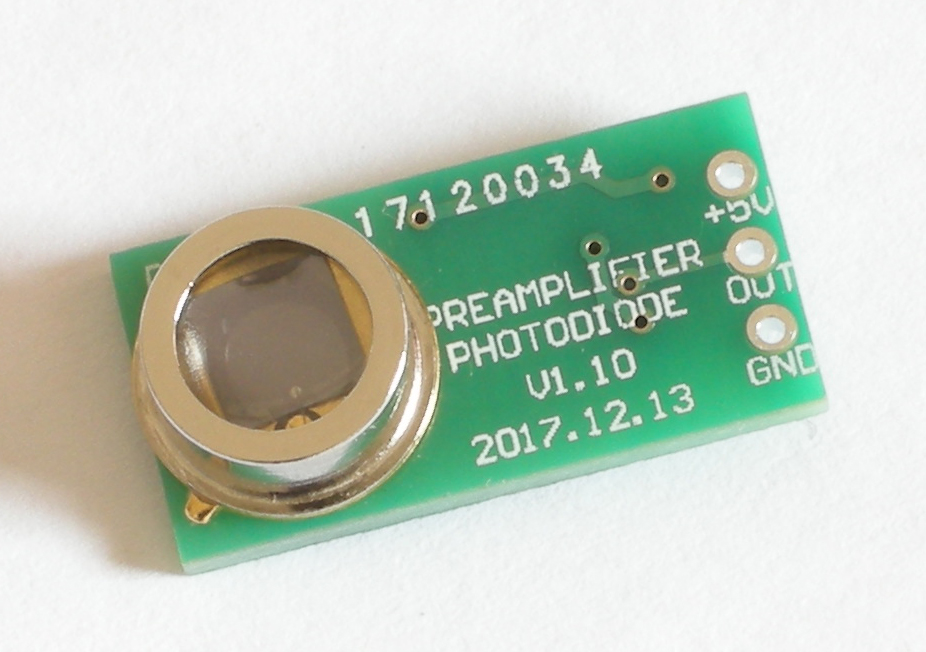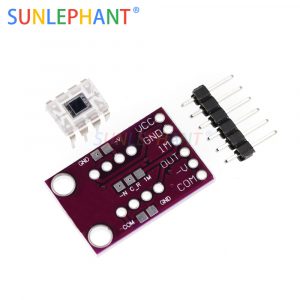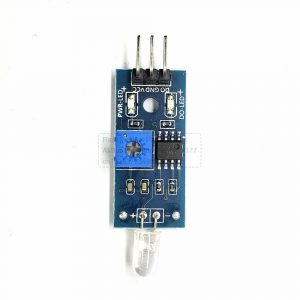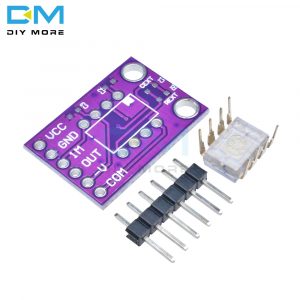Description
- Type: Air Conditioner Parts
Photodiode is one of the most commonly used sensor types in many optical measurements. Applications such as absorption and emission spectroscopy, color measurement, turbidity, gas detection and so on depend on photodiodes for precise optical measurement. Photodiodes generate current proportional to the amount of light illuminated into the active region. Transimpedance amplifiers are used in most measurement applications to convert photodiode current to output voltage.chart1The schematic diagram of the display circuit.

chart1 Simple Transimpedance Amplifier Circuit
The photodiode of the circuit operates in photovoltaic mode, in which the operational amplifier maintains the voltage on the photodiode as follows0 V. This is the most common configuration in precision applications. The relationship between voltage and current of photodiode is very similar to that of conventional diode, but the whole curve of photodiode will move up or down with the change of illumination level. chart2aDisplay typical photodiode transfer function. chart2bIt's an enlarged figure of the transfer function, indicating that even in the absence of light, the photodiode will output a small amount of current. This dark current increases with the increase of the reverse voltage on the photodiode. The reverse voltage of most manufacturers is10 mVThe dark current of photodiode is given under the premise.

chart2 Typical photodiode transfer function
When light illuminates the active region of the photodiode, the current flows from the cathode to the anode. Ideally, all photodiode currents flow through the diagram1The value of the feedback resistance is equal to the photodiode current multiplied by the feedback voltage of the feedback resistance. The circuit is simple in principle, but some difficult problems must be solved if the system is to have the best performance.
DC considerations
The first difficulty is to select an operational amplifier with DC specifications to match the application requirements. For most applications, low input offset voltage is the most important specification. There is an input offset voltage at the output end of the amplifier, which will increase the total system error, while in the photodiode amplifier, it will also produce other errors. There is an input offset voltage on the photodiode, which produces more dark current and further increases the system offset error. Through software calibration and AC coupling–Or both.–The initial DC offset can be eliminated, but the larger offset error will narrow the dynamic range of the system. Fortunately, the input offset voltage is in the hundredsmVEven dozens ofmVWithin this range, there are a large number of operational amplifiers to choose from. The second important DC specification is the input leakage current of the operational amplifier. Measuring errors occur when current enters the input of an operational amplifier or anywhere other than the feedback resistance. Operational amplifiers with zero input bias currents do not exist, but someCMOSorJFETThe input operational amplifier is very close to this value.FETThe input bias current of the input amplifier increases exponentially with the increase of temperature. Many operational amplifiers provide85 degrees Cor125 degrees CThe following specifications; but if not provided, a better approximation isEvery ten degrees of temperature rise doubles the current..
Another challenge is to design and layout circuits to minimize external leakage current paths.–Leakage current affects the performance of low input bias current operational amplifiers. The most commonly used external leakage current path is the printed circuit board itself. For example, graph3Display map1A feasible layout of medium photodiode amplifiers. Pink line representation+5 VThe power rail supplies power to the amplifier and transfers power to the rest of the circuit board. If in+5 VThe resistance between the wiring and the wiring carrying the photodiode current is equal to5 G(chart3Medium toRLExpress)Then1 nACurrent will flow from+5 VThe line flows into the amplifier. Obviously, this is carefully chosen with the application.1 pAOperational amplifier targets are against each other. One way to minimize the external leakage current path is to increase the resistance between the line carrying the photodiode current and any other line. This may be as convenient as adding a larger route forbidden area around the route to increase the distance between other routes. In some extreme applications, some engineers cancel them altogether.PCBThe lead of the photodiode is exposed to the air and connected directly with the pin of the input terminal of the operational amplifier.

chart3 Photodiode Layout with Leakage Current Path
Another way to prevent external leakage current is to lay a protective line beside the line carrying the photodiode current and ensure that both lines are driven to the same voltage. chart4Display protective routes around the network carrying photodiode currents.+5 VLeakage current generated by routing is then passed throughRLIt flows into the protection line, not into the amplifier. In this circuit, the differential pressure between the protective and input routes is only related to the input offset voltage of the operational amplifier.–This is another reason for choosing a low input offset voltage amplifier.

chart4 Reducing external leakage current by using protective wiring
'






Reviews
There are no reviews yet.